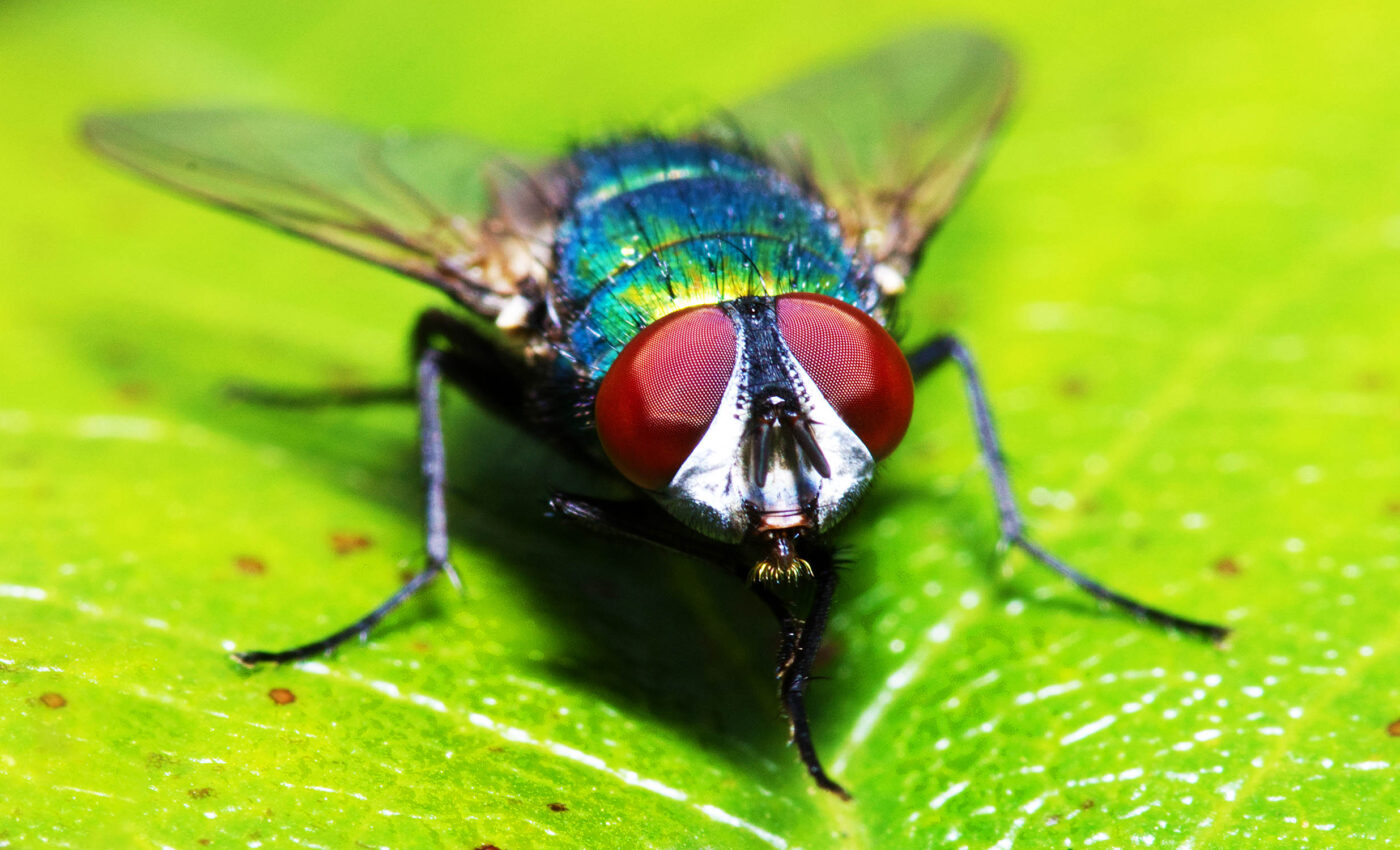
Insects can smell as well as humans with much less 'nose' to work with
Odor detection by the human sense of smell, processing scents through intricate stages with billions of neurons, plays a crucial role in our daily lives. From savoring the aroma of a favorite meal to detecting hazardous fumes, our olfactory system is sophisticated.
However, insects like fruit flies, equipped with just 100,000 neurons, also rely heavily on their sense of smell for survival. They need to identify complex odor mixtures to find food, attract mates, and avoid predators.
The question arises: how do insects manage to smell with such a limited olfactory system?
Researchers at the University of California San Diego have tackled this enigma. A team comprising scientists from the UCSD Department of Neurobiology, has unveiled the mechanism behind insects ability to smell and recognize odors using a simple, yet efficient, olfactory system.
Surprising simplicity of insects’ sense of smell
“Our work sheds light on the smell and sensory processing algorithms insects use to respond to complex olfactory stimuli,” said Puri, the first author of the paper published in the Proceedings of the National Academy of Sciences.
“We showed that the specialized organization of insect sensory neurons holds the key to the puzzle — implementing an essential processing step that facilitates computations in the central brain.”
Traditionally, studies on flies’ odor detection and processing focused on the central brain. The new research, however, reveals the significance of a “pre-processing” stage in the sensory system’s periphery. This stage prepares odor signals for later computations in the central brain.
Fruit flies detect smells through their antennae, which are covered in sensory hairs. Each hair typically has two olfactory receptor neurons (ORNs) activated by different odor molecules.
These ORNs are strongly coupled by electrical interactions, akin to the interference seen in two closely placed wires carrying current.
Electrical interference helps insects smell
“This scenario is akin to two current-carrying wires placed close together,” explained Puri. “The signals carried by the wires interfere with each other through electromagnetic interactions.”
Interestingly, this interference benefits the fly’s olfactory system. When a fly encounters an odor, the specific interference pattern helps it quickly assess whether the odor is beneficial or harmful.
This preliminary evaluation is then sent to a region in the central brain, where it translates into a behavioral response.
To understand this process of odor detection, the researchers created a mathematical model of odor signal processing through electrical coupling between ORNs.
They analyzed the fly brain’s wiring diagram, or “connectome,” generated by the Howard Hughes Medical Institute. This analysis enabled them to trace how odor signals from the sensory periphery integrate into the central brain.
Genetic blueprint of olfactory sensitivity
“Remarkably, our work shows that the optimal odor blend — the precise ratio to which each sensory hair is most sensitive — is defined by the genetically predetermined size difference between the coupled olfactory neurons,” explained Aljadeff.
“Our work highlights the far-reaching algorithmic role of the sensory periphery for processing both innately meaningful and learned odors in the central brain.”
Aljadeff uses a visual analogy to describe the system: like a specialized camera designed to detect specific images, the fly has a genetically driven method to distinguish between odor mixtures. The fly brain can read these “images” to initiate appropriate behaviors.
New perspective on insects’ sense of smell
The study integrates findings from Su’s lab, which described the conserved organization of ORNs in the fly olfactory system into sensory hairs. The consistent interference of signals from the same odor molecules in every fly suggests a meaningful organization.
“This analysis shows how neurons in higher brain centers can take advantage of balanced computation in the periphery,” said Su. “What really brings this work to another level is how much this peripheral pre-processing can influence higher brain function and circuit operations.”
These insights may inspire further research into peripheral organ processing in other senses, such as sight or hearing. Additionally, they could lay the groundwork for designing compact detection devices capable of interpreting complex data.
“These findings yield insight into the fundamental principles of complex sensory computations in biology, and open doors for future research on using these principles to design powerful engineered systems,” concluded Puri.
Through this research, scientists have not only unraveled the efficient olfactory system of fruit flies but also opened new avenues for understanding sensory processing and odor detection across various species and applications.
The full study was published in the journal Proceedings of the National Academy of Sciences.
—–
Like what you read? Subscribe to our newsletter for engaging articles, exclusive content, and the latest updates.
Check us out on EarthSnap, a free app brought to you by Eric Ralls and Earth.com.
—–













